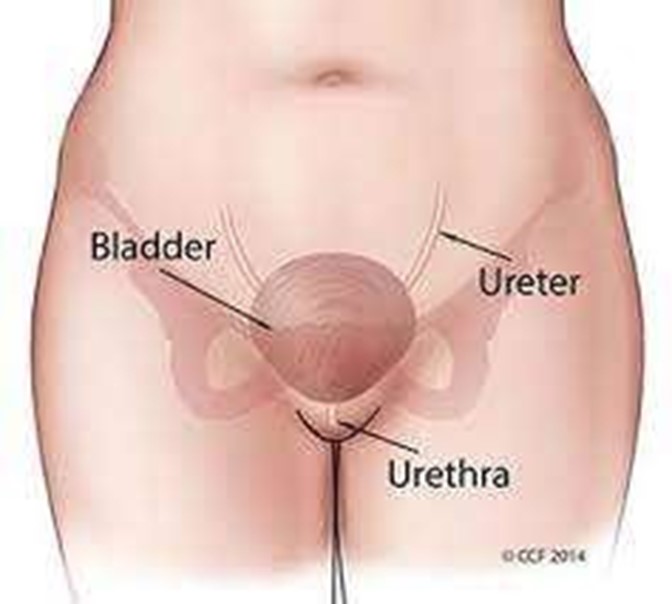A nurse is preparing a client for a pelvic examination. Which of the following actions should the nurse take?
Assist the client to a prone position.
Ask the client to empty their bladder.
Instruct the client to douche.
Place the client’s arms over their head.
The Correct Answer is B
Ask the client to empty their bladder.

This is because a full bladder can interfere with the pelvic examination and cause discomfort to the client. The nurse should also instruct the client to avoid douching, using tampons, vaginal medications, sprays, powders, birth control foam, cream, or jelly for at least 24 hours before the exam.
Choice A is wrong because the client should be placed in a lithotomy position, not a prone position, for a pelvic examination.
Choice C is wrong because douching can alter the normal vaginal flora and pH, and increase the risk of infection.
Choice D is wrong because placing the client’s arms over their head can tighten the abdominal muscles and make the examination more difficult. The nurse should ask the client to place their arms at their sides or across their chest.
Nursing Test Bank
Naxlex Comprehensive Predictor Exams
Related Questions
Correct Answer is A
Explanation
This instruction helps the client to establish a baseline of their bladder function and identify their voiding patterns. It also helps the nurse to design an individualized bladder-training program for the client.
Choice B is wrong because drinking 4 liters of fluid between 6:00 a.m. and 8:00 p.m. is excessive and can increase the frequency and urgency of urination. The client should drink enough fluids to prevent dehydration and constipation, but avoid drinking large amounts at one time or before bedtime.
Choice C is wrong because voiding every 2 hours while awake is not a bladder- training technique, but a scheduled toilet trip. Bladder training requires following a fixed voiding schedule and delaying urination after feeling the urge to go. Voiding every 2 hours may not allow the bladder to fill sufficiently and may interfere with the goal of increasing the bladder capacity.
Choice D is wrong because eliminating caffeine from the diet is not a specific instruction for bladder training, but a general lifestyle strategy to ease bladder problems. Caffeine can irritate the bladder and act as a diuretic, which can increase urine production and frequency.
However, eliminating caffeine alone may not be enough to improve urinary incontinence.
Correct Answer is B
Explanation
Examine your testicles after a warm shower.

This is because a warm shower will relax the scrotum and the muscles holding the testicles, making an exam easier. You should gently roll the scrotum with your fingers to feel the surface of each testicle and check for any lumps, bumps, swelling, hardness or other changes.
Choice A is wrong because you should perform the self-examination every month, not every 3 months.
This will help you notice any changes over time.
Choice C is wrong because you should not palpate both testicles firmly with your fingertips. You should use a gentle touch and avoid squeezing or pressing too hard.
Choice D is wrong because you should not apply a cool compress to the scrotum prior to examination. This will make the scrotum contract and tighten, making an exam more difficult.
Whether you are a student looking to ace your exams or a practicing nurse seeking to enhance your expertise , our nursing education contents will empower you with the confidence and competence to make a difference in the lives of patients and become a respected leader in the healthcare field.
Visit Naxlex, invest in your future and unlock endless possibilities with our unparalleled nursing education contents today
Report Wrong Answer on the Current Question
Do you disagree with the answer? If yes, what is your expected answer? Explain.
Kindly be descriptive with the issue you are facing.
